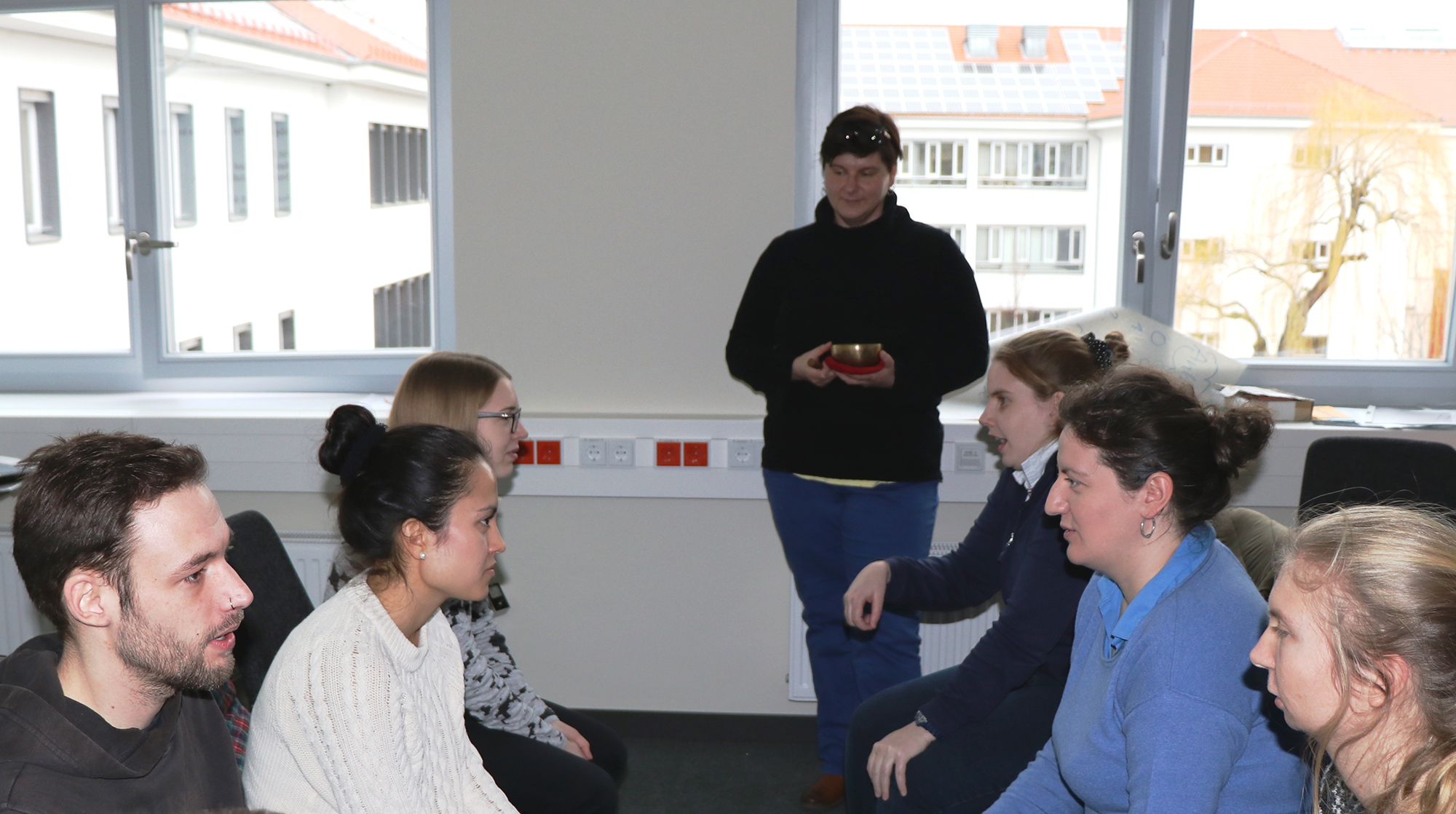
|
The exchange of learning outcomes is necessary in introductory, development, result control and seminar conclusion and feedback scenarios.
The "didactic speed dating" is a flexible and co-operative teaching/learning method and is suitable for the general activation and reactivation of theoretical knowledge contexts and job-specific experience.
Procedure
1st phase
The course is divided into several groups of 6 to a maximum of 12 people per group. Two students sit opposite each other and look at each other. Small groups save time. It is possible to run several groups in parallel. Important: Group size should always be an even number.
2nd phase
Explanation of the method with objectives and tasks and, if necessary, conditioning to the whistling tone or singing bowl sound.
3rd phase
From "whistle" 2.5 min exchange with the partner sitting opposite on the impulse questions, change/rotation to the right after "whistle" until everyone has spoken to each other.
4th phase
At the signal, everyone rotates to the seat next to them (moving on to the next chair).
5th phase
The lecturer obtains (mood) feedback from the students on how they are doing now and how they have dealt with the method. On this basis, the setting for future speed dating sessions can be improved and any unanswered questions or comprehension problems that have become apparent can be clarified.
Possible example impulse questions in seminar and beginning-of-semester scenarios for communicative dialogue with others could be as follows:
Learning successes
Advanced students can make good use of the method in teamwork processes and in self-organised learning in order to compare work results with each other. The method is also suitable for reactivating and repeating previously learnt knowledge or as an introduction to new subject areas. Existing knowledge can be reactivated, verbalised and developed. The activated or exchanged knowledge can be queried and visualised on a flipchart or blackboard in order to build on it.
No related teaching concepts found.
We hope that the practical examples will be viewed critically, utilised and developed further and thus remain alive. Therefore, please use the comment function to give your assessment of this practical example. Share your experiences in the implementation or refer to similar didactic methods (please include references or links).
Your assessment will first be checked by us and then approved.